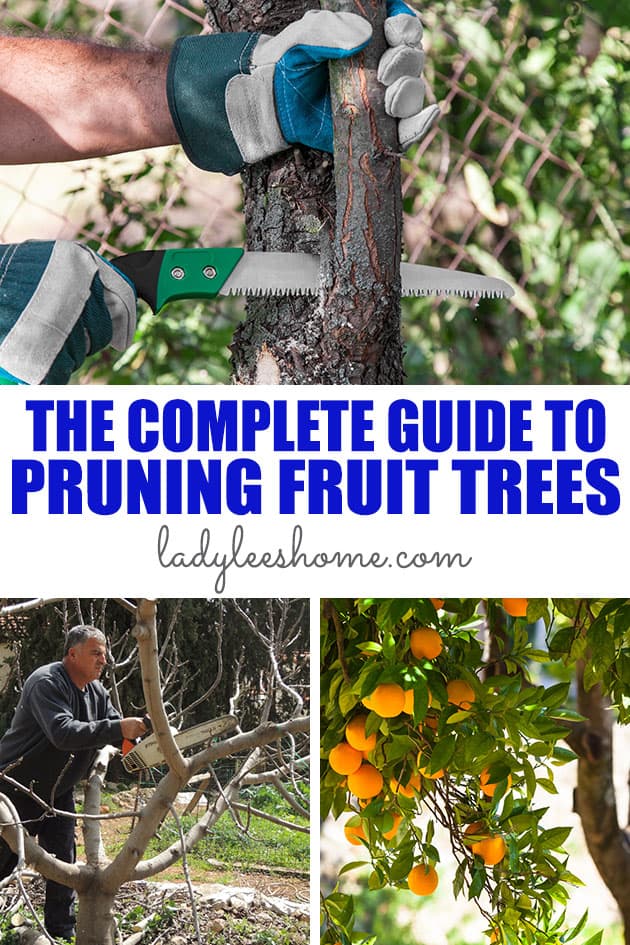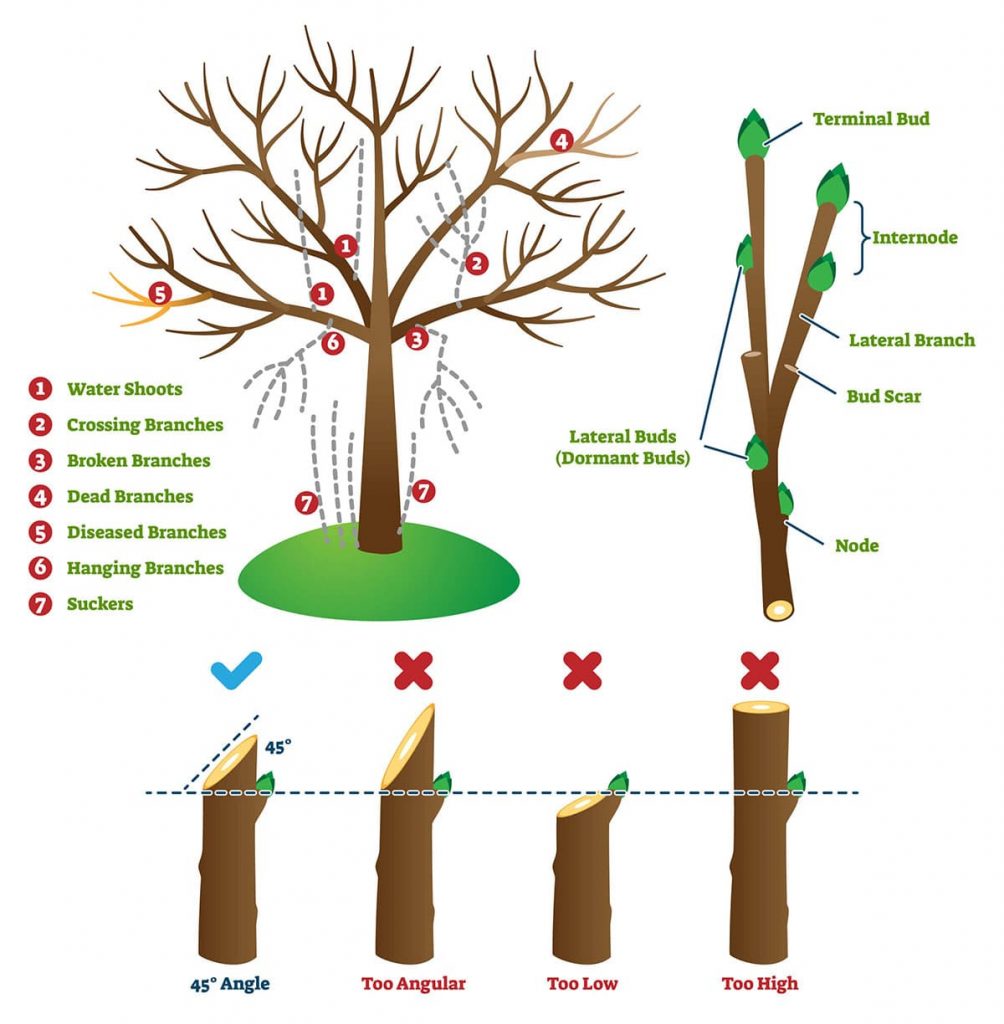How to Prune Fruit Trees for Better Yield: A Comprehensive Gardening Guide

Imagine walking into your backyard and seeing your fruit trees bursting with vibrant, juicy fruits. It's a sight that every gardener dreams of, but achieving it requires more than just planting and watering. Pruning, often seen as a daunting task, is the secret to unlocking your fruit trees' full potential. So, are you ready to transform your trees into bountiful harvests? Let's dive into the world of pruning techniques and fruit tree maintenance.
Understanding the Art of Pruning
Pruning is more than just cutting branches; it's a delicate balance between art and science. The goal is to create a strong tree structure that allows sunlight to reach all parts of the tree, encouraging fruit production. But where do you start?
Why Prune Fruit Trees?
Pruning serves several purposes. It helps to:
- Improve Fruit Yield: By removing dead or diseased branches, you redirect the tree's energy towards producing more fruits.
- Enhance Fruit Quality: Proper pruning allows sunlight to penetrate the canopy, promoting better ripening and sweeter fruits.
- Maintain Tree Health: Regular pruning prevents diseases and pests from spreading.
- Control Tree Size: Pruning keeps your trees at a manageable height, making harvesting easier.
Pruning Techniques: The Basics
Before you grab your shears, it's crucial to understand the different pruning techniques. Here are the basics:
Heading Cuts vs. Thinning Cuts
- Heading Cuts: These involve cutting back a branch to a bud or a side branch. This technique stimulates growth below the cut, making the tree bushier.
- Thinning Cuts: These remove an entire branch back to its point of origin. This technique opens up the canopy, allowing more light penetration.
When to Prune Fruit Trees
Timing is everything in pruning. The best time to prune most fruit trees is during late winter or early spring, just before new growth begins. However, this can vary depending on the type of fruit tree.
Step-by-Step Guide to Pruning Fruit Trees
Now that you understand the basics, let's get into the nitty-gritty of pruning.
Tools You'll Need
- Pruning Shears: For smaller branches.
- Loppers: For medium-sized branches.
- Pruning Saw: For larger branches.
- Gloves: To protect your hands.
Getting Started
- Remove the 3 Ds: Start by removing any dead, diseased, or damaged branches. These can harbor pests and diseases.
- Eliminate Suckers and Water Sprouts: These are fast-growing, vertical shoots that drain the tree's energy. Remove them at their base.
- Open Up the Canopy: Use thinning cuts to remove branches that are growing inward or crossing over others. This allows more sunlight to reach the inner parts of the tree.
- Shape the Tree: Use heading cuts to shape the tree and encourage outward growth. Aim for a balanced, open structure.
- Prune for Fruit Production: Different fruit trees have different pruning needs. For example, apple and pear trees produce fruit on spurs (short, stubby branches), while peach and nectarine trees produce fruit on one-year-old wood. Understand your tree's fruiting habits to prune effectively.

Advanced Pruning Techniques
Once you've mastered the basics, you can explore advanced pruning techniques to maximize your fruit yield.
Espalier Training
Espalier is a pruning technique where trees are trained to grow flat against a wall or fence. This method is great for small spaces and can increase fruit yield by maximizing sunlight exposure.
Renewal Pruning
This technique involves removing old, unproductive wood to encourage new growth. It's particularly useful for trees that produce fruit on one-year-old wood, like raspberries and blackberries.
Common Pruning Mistakes to Avoid
Even the most seasoned gardeners can make pruning mistakes. Here are a few to avoid:
- Over-Pruning: Removing too many branches can stimulate excessive growth, leading to a dense canopy that blocks sunlight.
- Under-Pruning: Not pruning enough can result in a tangled mess of branches that harbor pests and diseases.
- Improper Cuts: Leaving a stub or cutting too close to the trunk can invite disease and pests. Always cut just outside the branch collar (the swollen area where the branch meets the trunk).

Conclusion: Unlock Your Fruit Trees' Potential
Pruning fruit trees is a journey of continuous learning and improvement. It's not just about increasing fruit yield; it's about nurturing a living organism, understanding its needs, and helping it thrive. So, grab your shears, put on your gloves, and let's turn your backyard into a fruitful oasis.
Remember, every cut is a step towards a healthier tree and a more bountiful harvest. Don't be afraid to make mistakes—they're part of the learning process. And who knows? You might just discover the joy of pruning along the way.
Happy pruning!
FAQs
When is the best time to prune fruit trees? The best time to prune most fruit trees is during late winter or early spring, just before new growth begins. However, this can vary depending on the type of fruit tree.
Should I seal the cuts after pruning? No, sealing cuts is not recommended. Trees have a natural healing process, and sealing cuts can trap moisture, leading to decay.
How much should I prune each year? As a general rule, don't remove more than 25-30% of the tree's canopy in one year. Over-pruning can stimulate excessive growth and reduce fruit production.
What is the difference between heading cuts and thinning cuts? Heading cuts involve cutting back a branch to a bud or a side branch, stimulating growth below the cut. Thinning cuts remove an entire branch back to its point of origin, opening up the canopy.
How do I know if my fruit tree needs pruning? Signs that your fruit tree needs pruning include dead or diseased branches, a dense canopy that blocks sunlight, and reduced fruit production. Regular pruning can help maintain tree health and increase fruit yield.
For more information on fruit tree maintenance, visit the University of California's guide on fruit tree pruning and the Royal Horticultural Society's pruning guide.
0 Response to "How to Prune Fruit Trees for Better Yield: A Comprehensive Gardening Guide"
Post a Comment